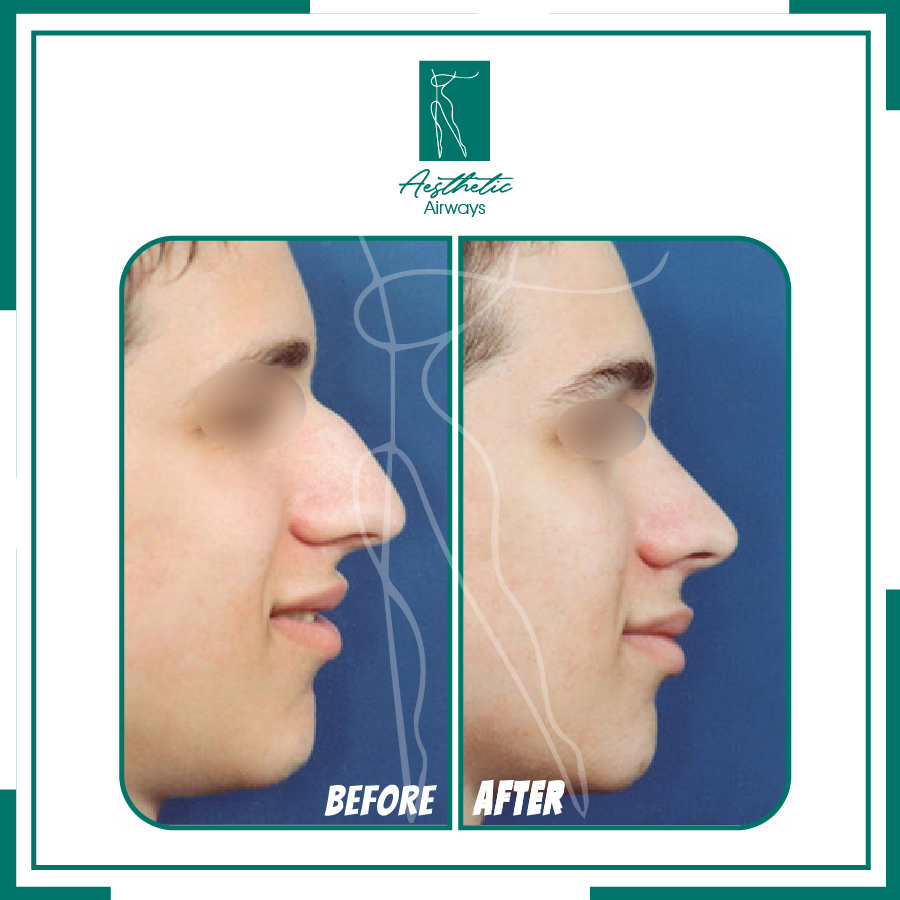Nose Surgery & Reshaping (Rhinoplasty)
Nose reshaping (rhinoplasty)
Nose reshaping, also known as rhinoplasty, is a surgical procedure aimed at altering the shape, size, or appearance of the nose. It is a highly customizable procedure that can address both aesthetic and functional concerns. Rhinoplasty can involve various techniques, such as removing or adding cartilage, modifying the bone structure, reshaping the nasal tip, narrowing the nostrils, or adjusting the bridge of the nose. The goals of nose reshaping can vary from enhancing facial harmony and improving self-confidence to correcting breathing difficulties caused by structural issues. It is important to consult with a qualified plastic surgeon to discuss your specific goals, assess your nasal anatomy, and determine the best approach for your nose reshaping procedure.
About nose reshaping
Nose reshaping, also known as rhinoplasty, is a surgical procedure that involves altering the shape, size, and overall appearance of the nose. It is one of the most commonly performed cosmetic surgeries worldwide. Nose reshaping can address a variety of concerns, including reducing a dorsal hump, refining a bulbous tip, straightening a crooked nose, narrowing wide nostrils, or improving overall facial balance and harmony. The procedure can be performed using either an open or closed technique, depending on the specific needs and goals of the patient. During the surgery, the surgeon may modify the nasal bones, cartilage, or soft tissues to achieve the desired aesthetic outcome. Nose reshaping is a highly individualized procedure, and it is important to consult with a qualified plastic surgeon to discuss your specific goals, expectations, and any potential risks or limitations associated with the surgery.
Getting advice about nose reshaping
When seeking advice about nose reshaping, it is essential to consult with qualified professionals who specialize in rhinoplasty. Start by researching and selecting experienced plastic surgeons who have a strong track record in performing successful nose reshaping procedures. Schedule consultations with them to discuss your specific goals, concerns, and expectations. During the consultation, the surgeon will assess your nasal anatomy, discuss the available options, and provide their expert opinion on the most suitable approach for achieving your desired results. They will explain the procedure in detail, including the potential risks and complications, and outline the recovery process. Additionally, don’t hesitate to ask questions and seek clarification on any aspect of the procedure. By gathering advice and opinions from knowledgeable and experienced professionals, you can make informed decisions and ensure the best possible outcome for your nose reshaping journey.
Preparing for nose reshaping
Preparing for nose reshaping, or rhinoplasty, involves several important steps to ensure a smooth and successful procedure. First, schedule a consultation with a qualified plastic surgeon to discuss your goals, concerns, and medical history. Be open and honest during the consultation to ensure the surgeon has a complete understanding of your needs. Follow any pre-operative instructions provided by your surgeon, which may include quitting smoking several weeks before the surgery, avoiding certain medications and supplements that can increase the risk of bleeding, and adjusting your regular medication schedule if necessary. It is also important to arrange for a support system for the post-operative period, as you may need assistance with daily activities during the initial recovery phase. Finally, maintain a healthy lifestyle leading up to the surgery, including regular exercise and a balanced diet, to promote optimal healing and recovery. By following these steps and adhering to your surgeon’s instructions, you can help ensure a successful and positive outcome from your nose reshaping procedure.
What happens during nose reshaping?
During a nose reshaping, or rhinoplasty, procedure, several steps are involved to achieve the desired outcome. After administering anesthesia, the surgeon makes incisions either inside the nostrils (closed rhinoplasty) or across the columella and inside the nostrils (open rhinoplasty). The choice of incision technique depends on the specific needs of the patient. Through these incisions, the surgeon gains access to the underlying nasal structures. They then reshape the bone, cartilage, and soft tissues of the nose to achieve the desired aesthetic result. This may involve removing or rearranging cartilage, addressing a dorsal hump, refining the nasal tip, or correcting asymmetry. In some cases, additional cartilage grafts may be used to enhance nasal structure or support. Once the necessary modifications are made, the incisions are closed, and the nose is supported with a splint or cast to aid in proper healing. The procedure typically takes a few hours, and patients can expect some swelling and bruising afterward. The final results become more apparent as the swelling subsides, and it may take several months for the nose to fully heal and settle into its new shape. Following the surgeon’s post-operative instructions is crucial to ensure a smooth recovery and optimal outcome.




